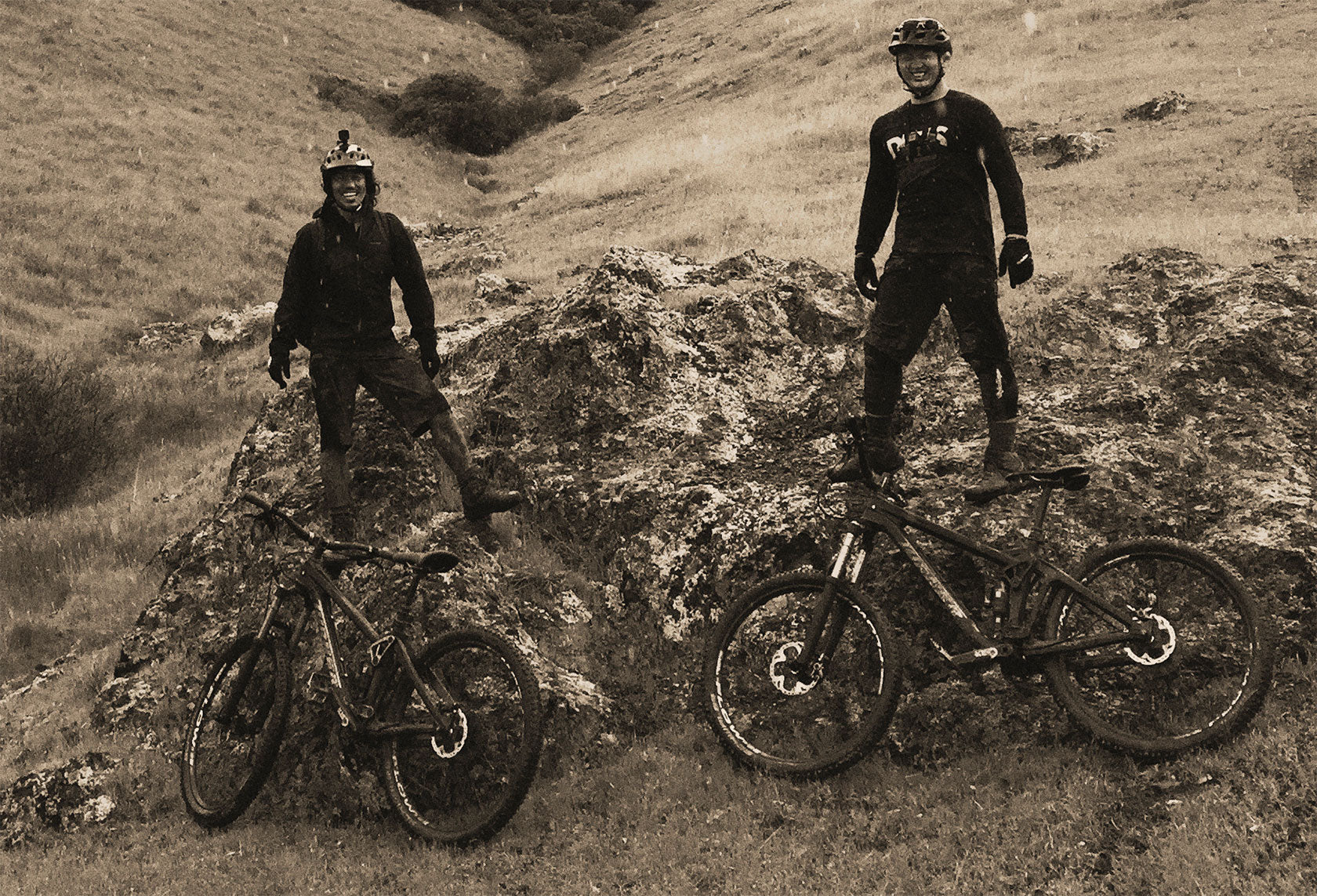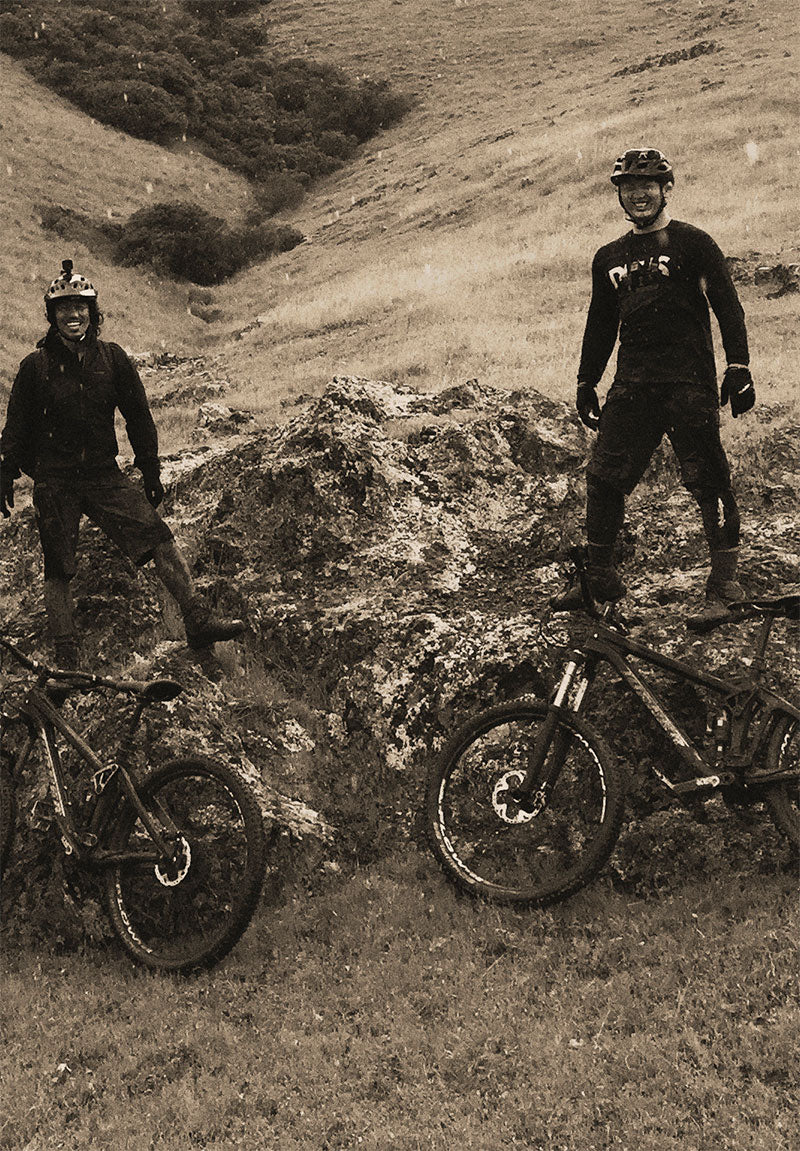Profile
TAKESHI ITANI
Kyoto University
Judo Team Coach & Physical Trainer

井谷武
トレーニング指導者、高専柔道指導者。
1987年、大阪生まれ。神戸大学卒業。
2017年にITANI ATHLETICを設立。
1987-2002
中学から柔道をはじめる。小学生の頃から虚弱で中学入学時は37kg。父親の影響で総合格闘技PRIDE(特にブラジル人のアントニオ・ホドリゴ・ノゲイラ選手が好きだった。)やアーノルド・シュワルツェネッガー、シルベスター・スタローンの映画に大はまり。
治安の悪い地区で育ったので、ノゲイラやシュワちゃんのように筋肉を付けて強くなりたいと思ったのが柔道をはじめたきっかけ。
また父親が小さな町工場で物作りの仕事をしていて、幼少期から手伝っていたので物作りに興味を持つ。
- 2001年大阪府-55kg級ベスト8
2002-2009

全国大会に出場をしている大阪の強豪校の工業高校に進学し、柔道と物作りの基礎を学ぶ。
- 2004年インターハイ大阪予選-60kg級2位
その後、全国優勝している高専(自然あふれる世界遺産熊野古道のお膝元にある学校)に編入学し、更に柔道と機械設計を学ぶ。
- 2005年全国高専大会団体戦優勝
- 2005年三重県学生無差別級優勝
大学進学は、柔道の強豪校に進学したかったが、柔道の試合中に右膝が向いてはダメな方向に折れてしまい3ヶ月間入院し、医師から選手生命を失ったと告げられる。柔道ではなく、物作りの道を深めるためエンジニア専攻で国立大学に編入学。 (柔道で大学進学する気持ちだったので勉強をしておらず、入試2週間前から必死で色々な先生に入試対策を学び、勉強の大変さを知る。)
大学合格後、選手に復帰したい気持ちに駆られ、自然あふれる熊野でトレーニングと栄養の専門書を読み漁り、独学でトレーニングを実践し選手復帰する。その時に、選手復帰できた感動が忘れられず、トレーニングや柔道をする事と学んできた物作りを融合した仕事をしたいと考えるようになる。
- 2007年全日本学生柔道体重別選手権大会 -73kg級ベスト16
- 2007年近畿地区国立大学体育大会団体戦優勝・個人戦無差別級優勝
- 2007年旧三商大柔道大会優勝
2009-2014

大学を卒業し、自動車メーカーに開発職で入社するも数ヶ月で退社。
世界一の格闘家を目指し(更なる強さを学びたくて)、ブラジルのバルボーザ柔術と少林寺拳法リベルダージ支部に単身武者修行。 帰国後、格闘家として歩もうとするも、練習相手のミスで首を骨折し夢半ばで格闘家を断念せざるを得なかった。(医師からは奇跡的に髪の毛1本分神経に触れなかったおかげで命拾いしたが、普通なら半身不随か死んでいたと伝えられる。いまだ首の骨は折れたままである。)
その後、首の治療のため1年間ほど無職だったが、トレーナーとして、柔道日本代表の女子選手やプロラグビー選手を指導することになり、トレーナー活動を開始。
-
福岡ソフトバンクホークスストレングスコーチ
高西文利氏に師事。
- 2012年京都大学特別技術指導員に任命され、高専柔道の指導とトレーニング指導を行う。就任4年目にして念願の七帝戦優勝。
- 定期的に灘中学校・灘高等学校でトレーニング講習会を開講している。(灘校は講道館柔道の創始者である嘉納治五郎先生が顧問を務めていた学校。また日本に本格的な筋力トレーニングを伝えたのは嘉納治五郎先生である。)

また指導だけではなく、日々積み重ねてきたトレーニングや柔道を通して、自分が使いたいと思うトレーニング道具を考えて、図面を引き、ITANI ATHLETICとして様々なプロダクトを製作している。
近い将来、今まで学んできたトレーニング・柔道とITANI ATHLETICのプロダクトを組み合わせた食事も出来る緑あふれた空間を作りたいと構想している。
 photo : Justin Chung
photo : Justin Chung
高専柔道
高専柔道とは、現在オリンピックや全日本選手権で行われている講道館の柔道とは全くルールが異なる、世界唯一の非常に特殊な柔道である。傑出した高専柔道の寝技技術は、現在の講道館柔道のみならず、ブラジリアン柔術や総合格闘技などの格闘技にも大きな影響を与えている。
高専柔道の誕生は1898年(明治31年)、現在の七帝柔道に至るまで100年以上の伝統を誇る。

Takeshi Itani
Personal Trainer, Kosen Judo Coach
Born in Osaka in 1987, graduated from Kobe University
Itani Athletic, Founded in 2017
1987-2002
I started judo in junior high school. I had been small since elementary school, and entered junior high school weighing 37 kilograms (~82 pounds). Under the influence of my father, I became deeply interested in the mixed martial arts group called PRIDE — Brazilian fighter Antonio Rodrigo Nogueira was my favorite — and the movies of Arnold Schwarzenegger and Sylvester Stallone.
I grew up in a rough neighborhood, which triggered my interest in judo --- I wanted to build muscle and be strong like Nogueira and Arnold.
At the same time, my father worked in a local factory making things with his hands. Because I had been helping him from a young age, I took an interest in craftsmanship myself.
- 2001 Osaka Region, Best 8, 55 KG Class
2002-2009

I moved on to a technical high school in Osaka that was renowned for its Judo program—it sent competitors to national competitions—and studied the fundamentals of both judo and craftsmanship.
-
2004 Inter-High School Championships of
Osaka Prefecture,
Preliminary Tournament, 2nd place
After finishing high school, I transferred to a technical college with one of the most competitive judo programs in the country. It was located alongside the natural beauty of the world-famous Kumano Trail, and there I continued to learn judo and machine design.
-
2005 All Japan Technical College
Tournament,
Team Competition: Champion -
2005 Mie Prefectural Tournament,
Student Class,
Open Weight Division: Champion
I wanted to go to a school with a strong judo program for university, but I sustained a serious injury to my right knee in a competition. After three months in the hospital, a doctor told me that my judo career was over. Hearing that, I decided to give up judo for a time and pursue my interest in craftsmanship. I entered an engineering program at a national university. (Because I had been planning on entering university as a judo competitor, I had neglected my studies. Two weeks before the exam, in desperation I sought the assistance of a variety of teachers. This taught me the value of study.)
After being accepted to university, I was gripped by a desire to return to judo. In the natural beauty of Kumano, I read everything I could about training and nutrition. I developed my own training program, and ultimately returned to competition. I haven’t forgotten the wonder I felt at being able to compete again, and from that time I began to feel strongly about merging my experience in training, judo, and craftsmanship in my future work.
-
2007 All Japan Student Judo Competition,
Best 16,
73 KG Class -
2007 Kinki Regional Tournament for National
Universities,
Team Competition:
Champion; Individual Competition:
Champion -
2007 Kyu -Sanshoudai* Judo Tournament:
Champion
* “Kyu -Sanshoudai” refers to a tournament between Kobe University, Osaka Municipal University, and Hitotsubashi University.
2009-2014

After graduating from university, I first entered an automobile company as an automotive engineer. However, I left the job after a few months. I wanted to become the best mixed martial artist in the world, and went to Brazil, alone, to train in Barbosa Jiu jitsu and Shorinji Kempo in the Liberdade school. Upon returning to Japan, I continued to purse a future as a mixed martial artist. Unfortunately, I suffered a broken neck as a result of a mistake committed by a training partner. At that point, I had no choice but to abandon my dream of becoming a professional fighter. (According to doctors, I avoided potentially fatal nerve damage by no more than a hair’s breadth. Usually, a fracture of that type would lead to lower body paralysis or death. The bone in my neck remains broken.)
After that, I was unemployed for a year as I let my neck heal. Once it recovered, I began my career as a personal trainer, working with a member of the Japanese women’s national judo team and professional rugby players.
- I also studied under Fumitoshi Takanishi, the strength training coach for the Fukuoka Softbank Hawks (a baseball team in the Japan League).
- 2012 I was also hired as a special assistant at Kyoto University, and to this day train competitors there in Kosen judo. Four years into my appointment, my team won a long-desired Shichitei-sen, a competition between seven schools with traditionally strong judo programs.
- I also regularly give training sessions in both judo and weight training at Nada Junior and Senior High Schools. (Nada is the school where Jigoro Kano, the founder of Koudokan judo, was once the club director. Jigoro Kano is also credited with introducing serious weight training techniques throughout Japan.)


I am not just a trainer, however. In the course of my daily training, I’ve thought a lot about the type of training goods I would like to use. Based on that experience, I’ve crafted designs and manufactured a variety of products under the name Itani Athletic. In the near future, I am also planning to create a physical space that combines everything I’ve learned as a trainer and judo competitor. It will be a training space featuring Itani Athletic goods where people can meet, train, make valuable friendships, and even share food.

Kosen Judo
“Kosen Judo” is the name for a type of judo competition that is very different from the type of judo normally practiced around the world. The grappling techniques developed in Kosen Judo have had a major impact not only on conventional judo, but also on Brazilian Jujitsu and mixed martial arts in general.
Kosen Judo was born in 1898 (the 31st year of the Meiji era), and boasts an over 100-year history, eventually giving rise to today’s Shichitei-Judo.

